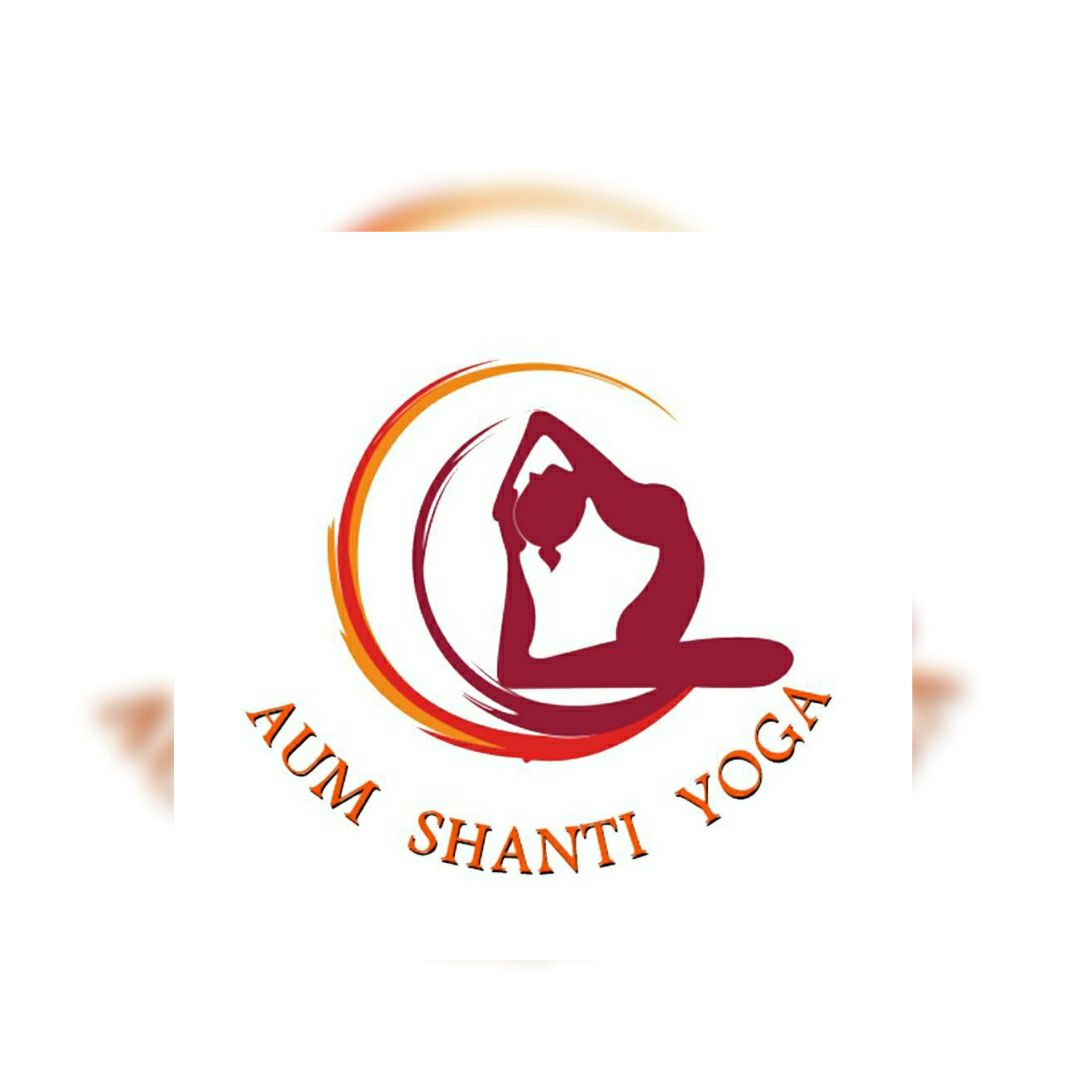Compassion or Karuna is a great virtue, but what happens when one is in prolonged contact with people who are ailing or suffering or as in today's scenario, when one is in the midst of a pandemic?
More & more people are experiencing today "Secondary Traumatic Stress Disorder" aka "Compassion Fatigue". Often referred to as 'the negative effect of caring too much', it is common among health care professionals as they face on-going & unspeakable suffering. But it is no longer limited to certain professions & is familiar to general populace.
It is not because one is cold or callous but the contrary, because one cares too much. Long standing exposure to pain & suffering often leads to emotional exhaustion. A sensation of apathy, isolation, anger or hostility is commonly experienced by care givers.
Some of the signs of Compassion Fatigue are:-
1) Feeling burdened by the suffering of others.
2) Isolating yourself.
3) Loss of pleasure in life.
4) Insomnia.
5) Lack of concentration.
6) Physical & mental fatigue.
7) Bottling up your emotions.
8) Feeling hopeless or powerless.
9) Overeating.
10) Poor self-care.
11) Denial.
So how to deal with Compassion Fatigue? The answer is Be Compassionate! Yes be compassionate towards yourself! Self-care is the solution. Be kind & forgiving to yourself and clarify your boundaries. Express your needs verbally and take positive actions to change your environment. Enhance your awareness with Yoga. A simple yoga routine will help you find balance within.
Here is a set of asanas & mudras that will help attain inner balance.
1) Padma(Lotus) Mudra:
Sit in a comfortable asana - sukhasana, padmasana, siddhasana or in a chair with spine straight. Bring your hands in Anjali Mudra or prayer pose near your heart centre(centre of your chest). Keep the base of your hands, little fingers & thumbs together and slowly unfurl your hands like lotus flower blossoming open. Held at your heart, continue to meditate or practice deep breathing for 5 to 15 mins daily.
Benefits:-
#It helps in grounding & makes you stronger.
#Develops feelings of love, compassion and kindness. And helps to remove feelings of hatred & anger.
#Can ease loneliness and should be practiced when you feel drained, exploited or misunderstood.
2) Utkatakonasana or Goddess pose:
Stand straight with legs 3 to 4 feet apart. Turn your feet outward such that the toes are pointing away from the body.
Now squat down to the extent you can, ideally thighs should be parallel to the floor.
Bring your hands in Anjali Mudra in the centre of your chest.
Hold the asana for 5 to 10 deep breaths.
Release the asana and bring your feet together.
You can do 3-5 reps(as per your comfort).
Benefits:-
#Goddess pose, also called as Ashwamudra or horse stance, empowers you by building inner and outer strength.
#It is energising and improves focus and concentration.
# Activates three Chakras - Muladhara (Root) Chakra, Swadisthana (Sacral) Chakra & Manipura (Navel/Solar Plexus) Chakra resulting in better flow of Prana through the body.
#Clears all the blockages and maintains a balanced state.
Contraindications:-
Refrain from practicing this asana in case of hip, knee or ankle injury.
3) Balasana or Child pose:
Kneel on the floor.
Touch your big toes together & sit on your heels.
You can keep your knees together or separate them about as wide as your hips.
Exhale and lay your torso down.
Stretch your arms above your head and place them on the floor or lay your hands on the floor alongside your torso, palms up and release the fronts of your shoulders towards the floor.
Balasana is a resting pose, stay for 1 to 3 mins.
Slowly lift the front of the torso up and release the asana.
Benefits:-
#Relieves stress & Calms the mind.
#Promotes feelings of safety, calm & relaxation.
#Relieves fatigue.
#Recharges body.
Contraindications:
Do not do the asana in case of -
Diarrhea
Pregnancy
Knee injury.
4) Pawanmuktasana
Lie in supine position(on your back), with arms by your side.
On an exhale bring the knees towards chest and compress the thighs on the abdomen with clasped hands.
Hold the asana for 5 to 10 deep breaths.
Release and return to starting position.
Benefits:-
#Re-balances energy.
#Relieves wind.
#Soothes spine.
#Promotes a state of deep relaxation.
#Helps to reduce anger & anxiety.
Contraindications:
Refrain from doing this asana in case of -
Hyper acidity
Hernia
Pregnancy
During menstruation
5) Viparita Karani or Legs up the wall
We do the gentle variation of here.
Sit sideways to a wall with legs extended straight out.
With exhalation, turn your legs up onto the wall and rest shoulders and head on the floor.
Adjust your sacrum on the ground (forward and backward) so hips comes directly under the raised legs.
Further adjust your supine trunk on the floor.
Place the folded blanket or bolster (for support) under your lower back.
Your back of legs should be completely rest against the wall.
Hands can be rested sideways or simply placed on abdomen.
Stay for about 5 mins.
To release, push away from the wall and roll on to a side and relax there for a few mins.
Benefits:-
#Immensely restorative.
#Improves blood flow.
#Calms & relieves anxiety and depression.
#Promotes peaceful sleep.
Contraindications:
Refrain from doing the asana in case of -
Retinal problems
Hypertension
Heart problems
During menstruation
6) Meditation.
Any form you are comfortable with. Be it breath awareness or mantra chanting or focusing on music or any object.
Benefits:-
#Brings awareness to present moment.
#Promotes Mindfulness.
#Calms the mind.
#Reduces negative emotions
#Helps to build skills to cope with stress
#Gaining a new perspective on stressful situations.



